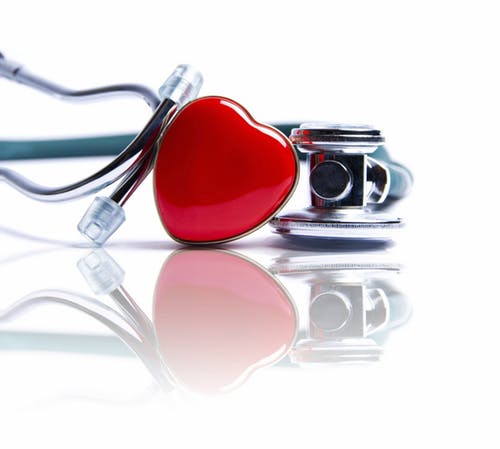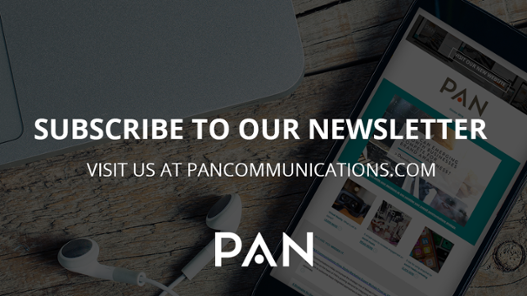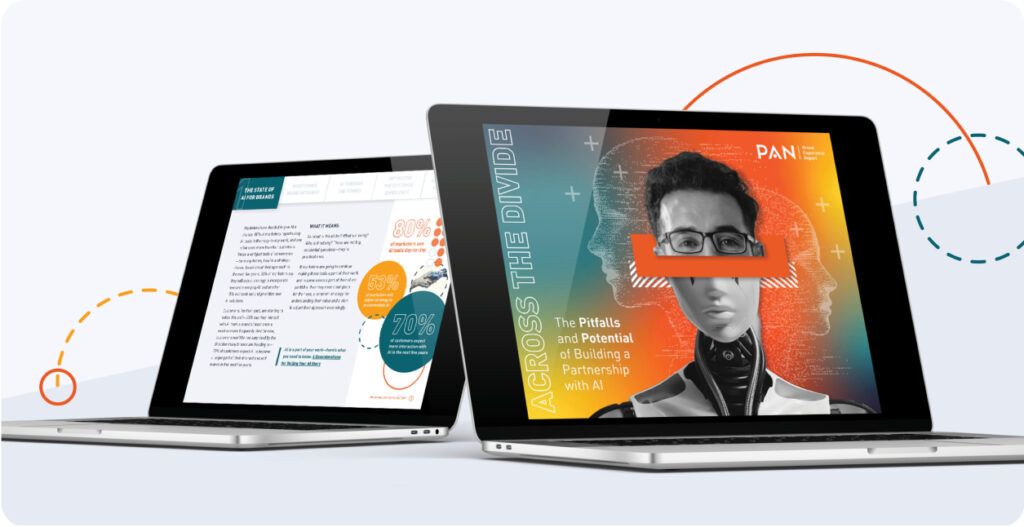As a surprise to no one, the technology industry in the great Bay State is one of the fastest growing industries, with CompTIA claiming the highest per-capita ranking nationwide in tech-related patenting, licensing and venture capital. The Boston Globe also recently reported that Massachusetts is the number one spot nationally in high-tech research and development, testing and life science industries. No doubt the heavy population of academic institutions and healthcare facilities contributes to this top-notch position, but it’s great to see Massachusetts is making a name for itself, as it will only entice more innovative companies to call this state their “home.”
Some of the startups looking to break out big on the healthcare innovation scene include Beacinsight, Personal Remedies and Quantified Care, and they are all participating in Health 2.0’s “Start-Up Stand-Up” on Tuesday, September 27, at PAN Communications’ Boston office. We couldn’t be more excited not only to have this esteemed panel of judges here to nod the winner, but to also join them in doing so.
In partnership with Health 2.0 Boston, we will be sitting down with each of these companies to discuss the competitive health IT industry and why it was so important to participate in events like these.
First up is our fireside chat with the founders of Beacinsight, Eliot Wall and Todd Singleton.
With National Health IT Week kicking off on Monday, please stay tuned for our live coverage of this event and healthcare Q&A series.
Why is Boston a great place to start/grow your business?
Boston is a medical and tech mecca, so it’s the perfect place to build a business combining the two. At a personal level, Boston is also a place that is easy to connect to—it’s historic, walkable, and its residents are proud to live here—so the community feels supportive and close-knit.
Why are you participating in this event?
We love what Health 2.0 is all about. We appreciate its bold mission, and we feel that we are a part of that—leveraging new technologies to revolutionize healthcare. Furthermore, advancing healthcare is a community effort. So, like Health 2.0, we’re always looking to grow and deepen the relationships in the healthcare IT community.
There are a number of different technologies and philosophies on how to improve the provider/patient relationship. What makes your offering unique/more impactful?
A lot of solutions today focus on delivering ’personalized care’ to the patient (e.g. patient engagement, medication reminders, quantified health, etc.). These solutions are critical to improving health outcomes. While they have equally powerful implications for the quality of the relationship between patient and provider, we believe that in order to achieve sustainable and meaningful improvement across the spectrum of patient-provider relationships, both in terms of both quality and cost, we need to go to the heart of care delivery: the human interaction between patient and provider.
From a system’s point of view, healthcare is most expensive when the patient comes into a care facility. This interaction, or “patient encounter,” immediately incurs high costs—you need clinicians, the people who deliver care (#1 cost driver to the healthcare practice) and exam rooms where care occurs (#2 cost driver). This doesn’t even include the direct or opportunity costs for the patient, who may need to take off work, get someone else to be with their family, etc. And now once you’re in the care facility, you’re immediately put on the practice’s time. You’re expected to wait to see a provider.
In an ambulatory setting, you’ll wait an average of 20 minutes in the waiting room. This means the practice is actually paying rent for you to sit in a chair and wait. On the inpatient side, many practices can’t even provide patients with time estimates comparable to cable TV service windows! “We’ll get to you when we get to you.” It doesn’t make sense for anyone. Particularly not when you consider that patient satisfaction directly affects reimbursement rates.
However, this is neither the provider’s nor the practice’s fault. The administrators and the providers want to deliver the best care to patients in a timely manner—it’s why they went into healthcare in the first place. Rather, it’s because these practices have so little insight into their core drivers. This stems from a lack of systematic, relevant and timely data about the patient encounter (e.g. who, what, where, when, how long, and to whom). As a result, an enormous amount of waste is created that limits the efficiency and rate of improvement for the actual process of delivering care. In fact, one of every three dollars spent in healthcare is lost to waste. Put another way, that’s $0.12 on every dollar you and I earn.
That’s where we come in. Beacinsight uses sensing technology to deliver a workflow application that captures the patient encounter. By leveraging our proprietary real-time locating system, providers are able to access and act on the data they want in a way that is intuitive and responsive to their movement. At the same time, the app is passively collecting and aggregating the patient encounter data to present administrators with a dashboard that focuses on their three most important determinants of cash flows: patient flow (revenue), staff utilization and room utilization.
In doing so, we can begin shifting expectations about resource use, waiting time, who needs to be doing what, and even how to redesign physical spaces.
How do you foresee the healthcare industry evolving in the next 5 years? 10?
The healthcare system in the U.S. is at a fascinating juncture that is full of contradictions. The price of and demand for services are both rising yet supply of healthcare professionals is constrained and inelastic. The call for improved patient service is constant (and should be) but our clinicians are already over-worked, over-scrutinized, and expected to know more scientific knowledge than ever before while being saddled with legacy data entry systems. In one practice you may receive the best care in the world, but at another practice 30 miles down the road, you could be safer staying home.
This is all to say that in the next 5 years, we’re going to see a shakeout. In 10 years, we’ll know what the result of that shakeout will be. I’m optimistic that someone will figure out how to make the economics work to change the system—for the better—nearly entirely. It’s a tremendous opportunity.
As an industry, we believe that there’s a lot to be optimistic about right now. The convergence of several macro-level forces is driving not only innovation, but also the adoption of innovation. We believe providers and patients are hungry for new and fresh ways to deliver and receive care. It’s very exciting.


 Source:
Source: 
